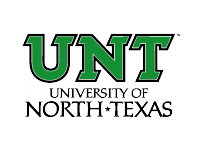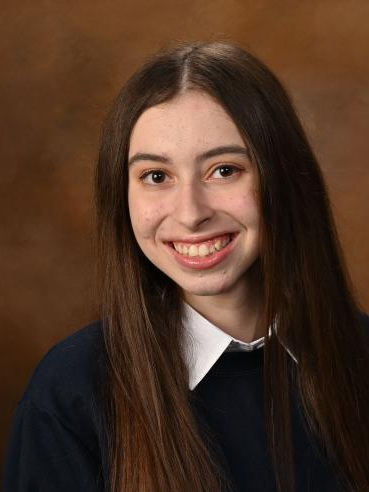Below is a summary of the abstract you submitted. Presenting author(s) is shown in bold.
If any changes need to be made, you can modify the abstract or change the authors.
You can also download a .docx version of this abstract.
If there are any problems, please email Dan at dar78@pitt.edu and he'll take care of them!
This abstract was last modified on March 21, 2023 at 7:27 p.m..

Bacteriophages, commonly known as phages, are viruses that infect bacterial hosts for gene replication to reproduce, creating new virions. These phages show great potential in the biomedical field. The host for the bacteriophages in this work are Streptomyces griseus, a bacterium commonly found in soil. Undergraduate students from the University of North Texas diligently collected soil samples which were enriched in order to isolate S. griseus bacteriophages using the procedures found in the Streptomyces Phage Discovery Guide (2017). Bogota and Kenrey, two S. griseus phages were chosen for genome sequencing. Bogota was found in 2021 in Denton, Texas. Kenrey was found in 2020 in Bedford, Texas. Bogota has a GC content of 68.3%, and Kenrey has 47.0%. Bogota is a member of the cluster BH, separate from Kenrey, a member of the cluster BK1. Kenrey’s plaques were on average round and clear, about 0.2 mm in diameter. Bogota however had cloudy pinpoints, and on average 1.0 mm plaques. The phage Bogota currently has 82 putative genes, composed of 54,184 bp, and Kenrey currently has 247, composed of 129,554 bp, making it an uncommonly large genome. Both genomes are currently being annotated by UNT students, using various bioinformatic tools including those in the PECAAN database.








